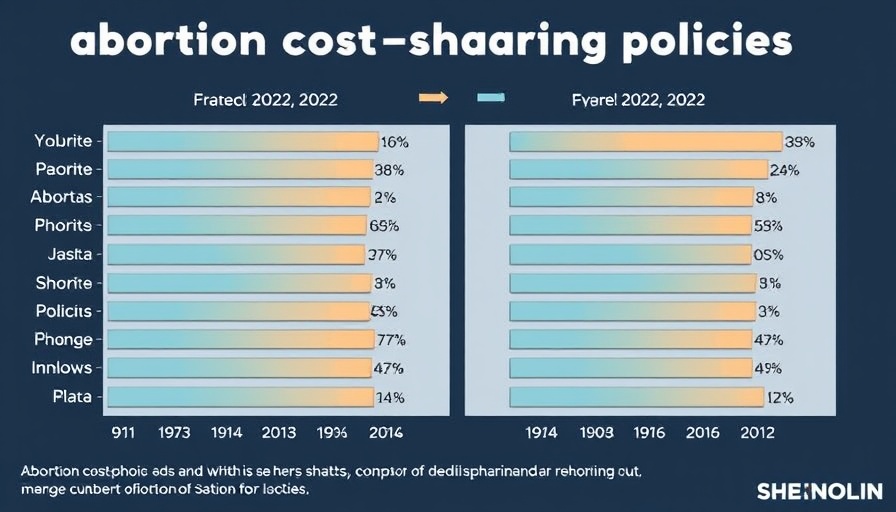
The Hidden Costs of Abortion Care for Insured Individuals
The complexities of abortion care extend beyond just access to services; they also include the often staggering out-of-pocket costs that can be surprisingly high, even for those with employer-sponsored insurance. Recent data reveals a sobering reality: many insured women face financial burdens when seeking abortion services, an issue that remains largely unspoken in public discourse.
A Closer Look at Out-of-Pocket Costs
According to analysis based on the 2023 Merative Marketscan claims database, women utilizing private insurance for abortion still incur significant out-of-pocket expenses. While median costs for procedures like medication abortions and D&C (dilation and curettage) are less than $100, approximately 25% exceed this threshold. In the case of D&E (dilation and evacuation) procedures, the financial hit rises sharply, with some women paying nearly $1,000 out-of-pocket.
State Policy Changes Amid an Evolving Landscape
The post-Roe v. Wade landscape has prompted various states to adapt their policies around abortion coverage. While some states have enacted laws ensuring that women incur no cost-sharing for these critical services, the disparity remains stark. In fact, states with such protections saw a notable reduction in cost-sharing burdens — dropping from 82% to 60% in just one year, highlighting how legislative action can effectively address financial barriers to abortion access.
Understanding the Impact of Stigma
Despite advances in policy, stigma remains a powerful force affecting access to abortion services. Many women opt not to use their insurance, even when covered, due to concerns about privacy and societal judgment. Consequently, a significant number of insured individuals end up paying full costs out-of-pocket, which can reach up to $895 for a second-trimester abortion.
Taking Action for Change
As we navigate these discussions surrounding abortion access and costs, keeping informed is crucial. Engaging in grassroots movements, advocating for equitable policies, and fostering open dialogues can help dismantle the stigma and support those requiring reproductive health services.
 Add Row
Add Row  Add
Add 




Write A Comment